Koikerhondye: description of the breed and characteristics of keeping dogs
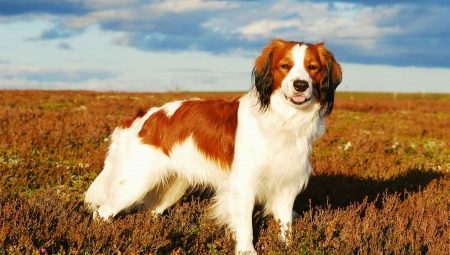
Koikerhondje is a rather rare breed of dog, native to the country of the Netherlands. Animals belonging to this breed are distinguished by their benevolent and cheerful character. In addition, they are quite unpretentious in terms of their care and maintenance.
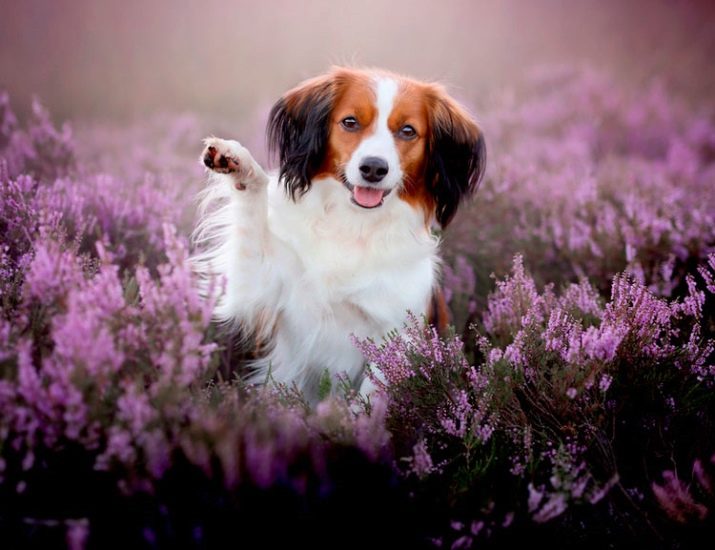
Origin story
The Koikerhondje (or Dutch Spaniel) is a Dutch breed of dog that has long been used for purely practical purposes. For example, in the beginning, the animal was used to feed ducks. Kooikerhondje is a Dutch word made up of two other, shorter words kooiker and hond.
If we translate such a phrase into Russian, then we get "Duck hunter's dog". Despite the fact that the Netherlands is considered the homeland of dogs throughout the world, this information is clarified domestically and it is reported that dogs first appeared in the state province of Friesland.
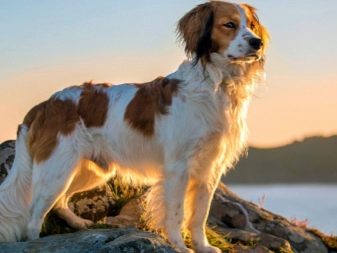
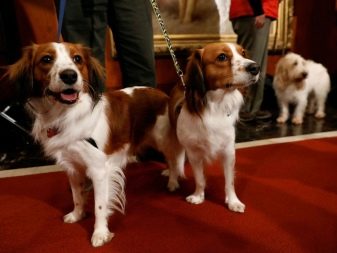
Of particular interest is the story that one of the representatives of this breed saved Prince William II of Orange in 1591. Legend has it that the koikerhondje awakened the sleeping young man at the moment when a sudden attack by the Spanish army happened on the camp where the prince was. This incident left a bright mark on the general history of the country. In addition, the event served as the reason for the recognition of the Dutch spaniel as a national treasure of the Netherlands.
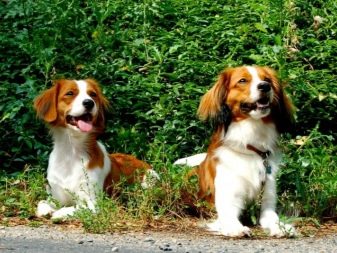
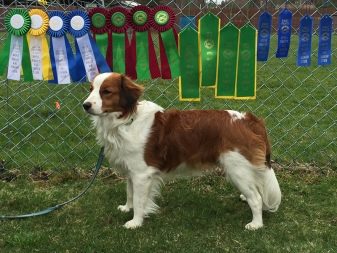
It is important to note that images of dogs of this breed are quite often found in the paintings of famous Dutch artists. Moreover, the beginning of this trend dates back to the distant 16th century.
At the beginning of the 20th century, the popularity of the Dutch spaniel declined significantly. Accordingly, many nurseries and individual breeders have suspended their work. However, such a sad trend, fortunately, did not last long. Already in 1942, active work began on the restoration and revival of the breed. The initiator of this activity was the Baroness Van Hardenbrock Van Ammerstol. She initiated a search for thoroughbred representatives of the Koikerhondje throughout the country.
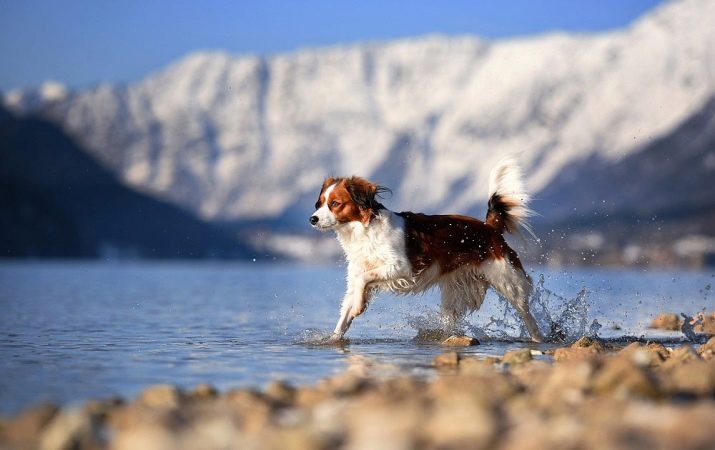
Thanks to such large-scale efforts, preliminary standards for the breed were adopted in 1966, and already in 1971 it was officially recognized.
Description
Koikerhondye is a breed of dog that has a fairly proportional build. The animal is small in size: its height at the withers is about 40 centimeters, and its weight does not exceed 10 kilograms. The anatomical features of the animal are of interest to researchers. So, the head of the koikerhondye has average length indicators, but the skull is quite wide and has a rounded outline.
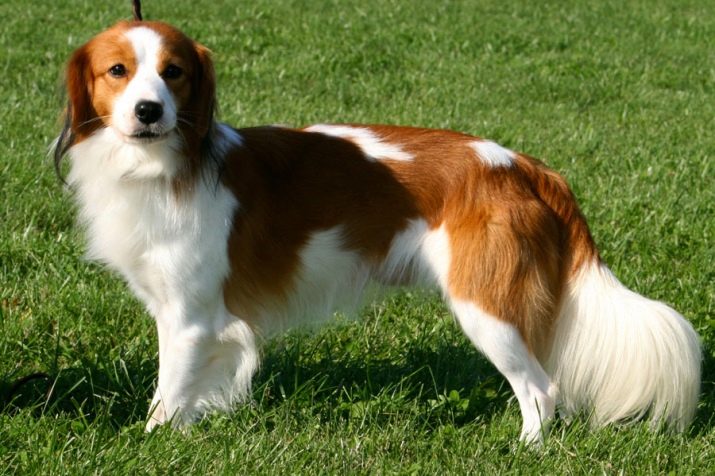
The muzzle is wedge-shaped in shape, it tapers towards the nose. The nose and lips are painted black. The bite of an animal is considered to be scissor bite, however, there are some representatives of the breed, the bite of which is pincer. It should be noted that such a deviation is within acceptable limits. The eyes are almond-shaped and dark brown in color.
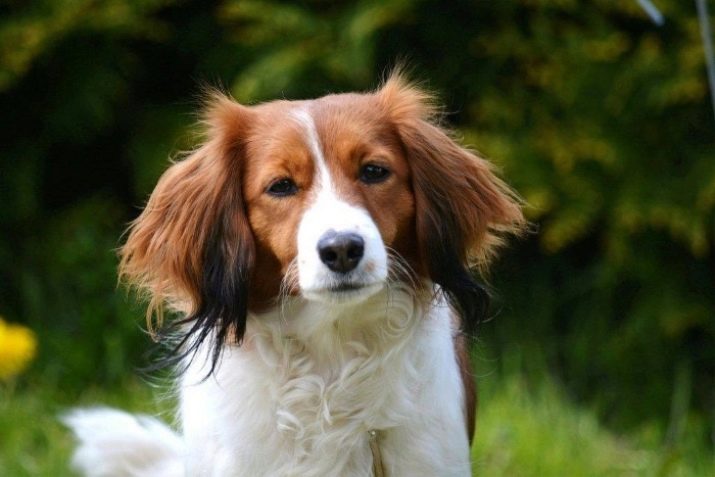
Both puppies and adults of the Dutch spaniel are distinguished by a rather long neck with pronounced muscles. Despite the fact that the back is not very long, it is quite straight and strong. The rib cage is also quite well developed.
The tail can look in different ways: be straight and set high or have a vertical direction. The limbs differ depending on the location. So, the hind legs are set at a slight angle, and the front legs are straight and parallel to each other.


The animal is quite fluffy, but the hairline is of moderate length. Dutch Spaniels are noted to be dogs with wavy coats that are soft to the touch. The dog's undercoat is well developed. The hair is unevenly distributed over the body of the animal. For example, the throat, sternum, and limbs are covered with longer hair than other parts of the body.
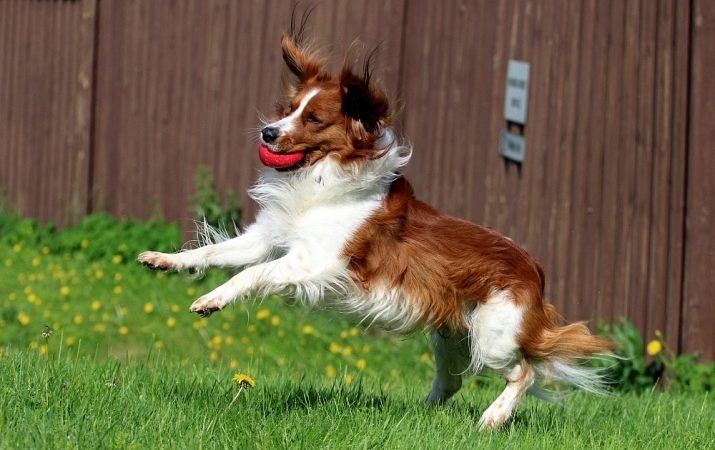
As for the colors, as usual it is two-tone. The main background color is white, but there are asymmetrical reddish-brown spots on the body. A mandatory characteristic of koikerhondye is the presence of a colored area around the eyes... Also, the ears must be painted without fail.
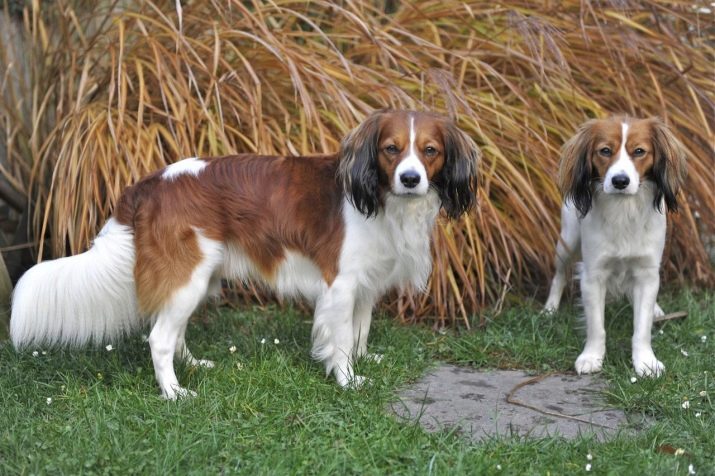
You can be almost sure of a dog's pedigree if there is a small amount of elongated black hair on the tips of its ears.
Character traits
The character and behavior of the animal played an important role in its distribution and popularization. The thing is that the Dutch Spaniel is a cheerful, active and energetic dog. She makes good contact with people, shows friendliness and good nature.
It must be said that despite the fact that the animal quickly becomes attached to all members of the family in which it lives, showing tenderness to all household members, it will consider only one person as its owner. It is towards him that the koikerhondye will show the greatest loyalty and loyalty.
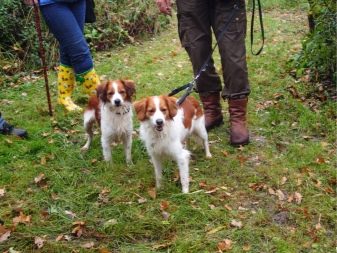
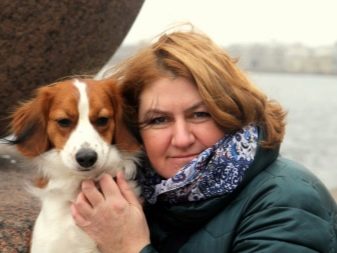
The Dutch Spaniel is a dog that will selflessly guard the territory entrusted to it, not allowing strangers to approach it. Kooikerhondye will treat strangers (for example, guests who come to the house) with some apprehension and vigilance, however, they will not show aggression without reason. Representatives of this breed mostly show malice towards rodents.

Therefore, you should refuse to purchase a dog of this breed if hamsters, rats or mice already live in your house.
Despite the fact that the animal is very fond of attention from the owner, it does not show excessive obsession. However, so that the koikerhondye does not feel loneliness or boredom, the dog should be provided with constant active activities: outdoor games and frequent walks. Thus, the animal will take time.
It is worth remembering that The Dutch Spaniel doesn't get along very well with children. It is unlikely that he will show any aggression towards them, but he will not feel much love either.
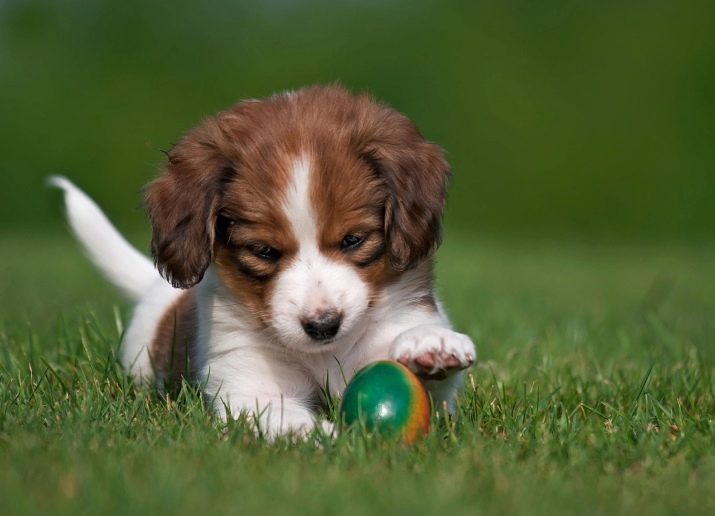
What to feed?
Today, owners of four-legged pets are presented with a huge selection of options suitable for compiling a dog's diet. Of course, the preferred (healthier and more natural) option is considered to be feeding with natural products.
However, in this case, you will have to compose the diet yourself and make sure that it is saturated with all the elements that are necessary for the normal growth and development of the animal (proteins, fats and carbohydrates, as well as vitamins and other useful ingredients).
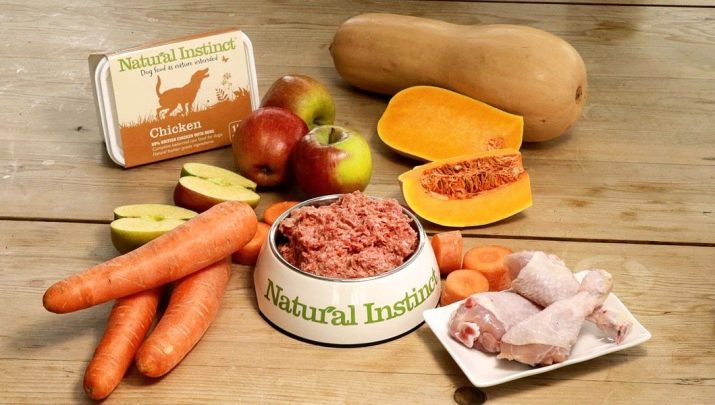
In addition, prohibited foods should be avoided, portions carefully monitored, and the freshness and quality of dog food should be monitored.
It is in connection with such difficulties that most dog breeders prefer a feeding system called BARF, which involves the use of ready-made dry food and mixtures that are sold in zoological stores and in zoological markets. This option is much more convenient in terms of time and sometimes money costs.
But it should be borne in mind that you cannot buy the cheapest formulations. Choose only those manufacturers who have a good, time-tested reputation. It is also worth giving preference only to those feeds that belong to the "premium" or "luxury" class.
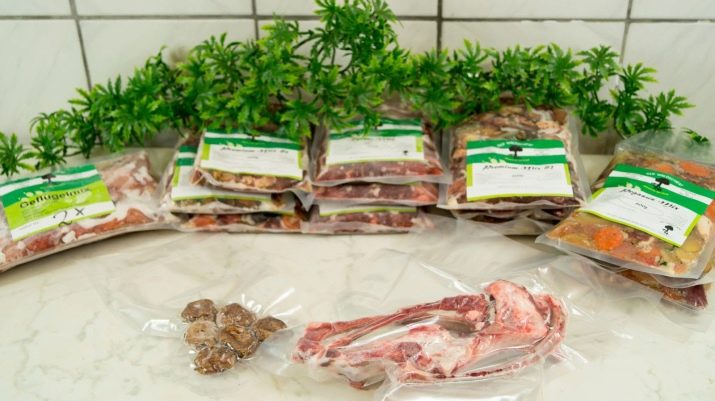
How to care?
A dog belonging to the Kooikerhondje breed does not require specific or complex care. It is quite undemanding and unpretentious in content. This is manifested in the fact that the animal does not require a large space; it can be kept even in an urban environment, in a small apartment. Although it is still more preferable to keep the dog in the house, which is endowed with a plot.
Provide enough physical activity for the pet. - Make sure your dog is active. To do this, you should constantly play with the animal, as well as conduct training.
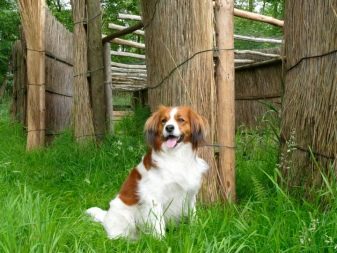
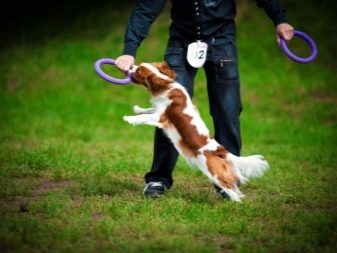
Hygiene practices are the same for the Dutch Spaniel as for many other breeds. Koikerhondje should be bathed in warm water as it gets dirty, using dog-friendly detergents. They also need to clean their eyes and ears with cotton swabs and discs.
Remember to trim your nails and brush regularly. Such a complex of procedures will provide a neat and well-groomed appearance of the dog, and will also maintain the health of the animal. Mandatory medical procedures include timely vaccination, as well as treatment of animals from fleas, worms and other harmful organisms.
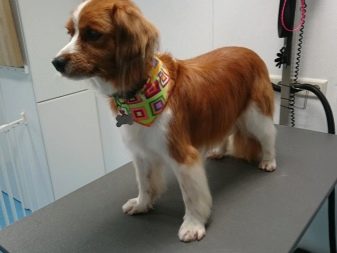

In addition, do not neglect regular visits to the veterinary clinic for health monitoring and prevention (it should take place at least once every 6 months).
Upbringing
Education and training in relation to koikerhondje are important and necessary processes. In the early stages of an animal's life, it is important to ensure maximum socialization for it. However, training should not be pressured, it is important to educate the animal rather gently and gradually... Any pressure on the dog can become the reason for his isolation and refusal to make contact with people.
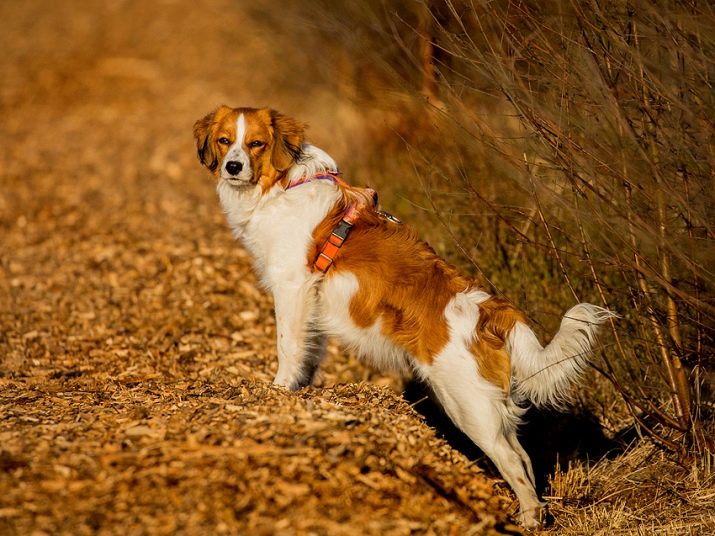
Basic commands and tricks should be explained to animals from the first months of life. If possible, enroll your Dutch Spaniel in dog training courses and entrust the raising of the dog to professionals.
In addition, such courses will be useful from the side that will allow your four-legged pet to communicate with other dogs. Due to the fact that the spaniel has quite developed mental abilities, he learns quickly and easily, and therefore often participates in various sports competitions.
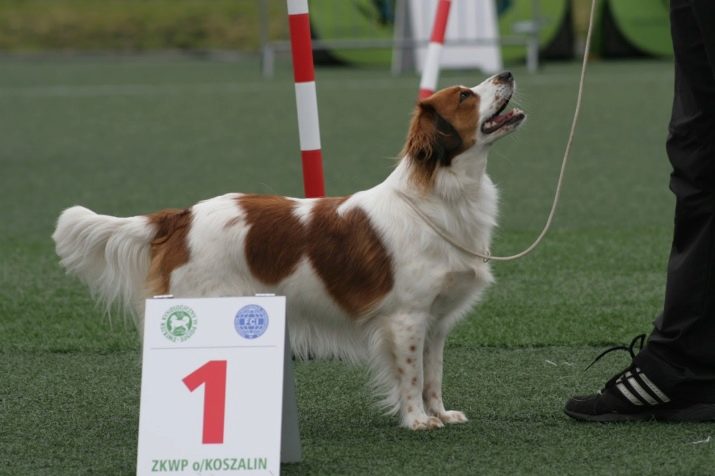
All about the Koikerhondje dog breed, see below.






































